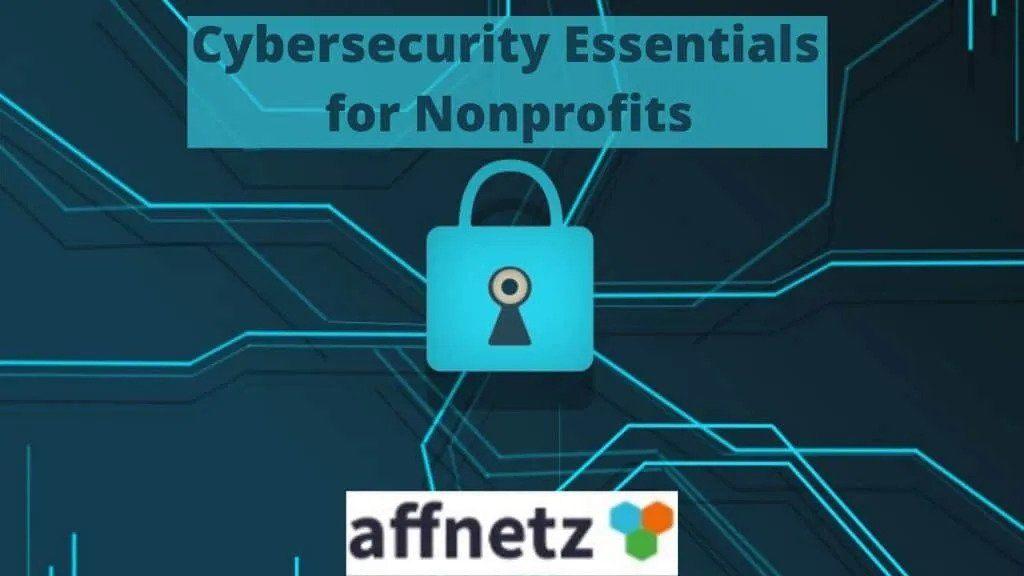Nonprofit Software Integration may sound like so much technical jargon, but it is an important topic for Nonprofit leaders to understand. The fact is, standalone software hurts Nonprofits.
First, some background.
A 2017 study reported that on a per-staff basis, large-sized Nonprofits spent the most on IT compared to other sized organizations:
TOTAL NONPROFIT BUDGET PER-STAFF IT SPEND
Very Large Nonprofit – Over $10 million $3,081
Large Nonprofit – $5-$10million $5,016
Medium Nonprofit – $1 – $5 million $3,468
Small Nonprofit – Under $1 million $2,127
The same study found that Nonprofits spend more of their IT budgets on software than they do on hardware.
Nonprofits often buy separate software for each major process:
Fundraising – Traditional campaigns and peer-to-peer campaigns
Donor management
Volunteer Management
Event management
CRM (Customer Relationship Management)
Feedback/Surveys
Task management
Website and mobile content management
These software programs rarely “talk” to each other. This is what Nonprofit software integration seeks to overcome. If such integration is absent, the Nonprofit suffers in several ways.
Manual Data Sharing
A big way that standalone software hurts Nonprofits is the necessity of manually moving data between programs. A classic example is a donor fundraising event. All Donor records are in the Donor database. If this is not integrated with the Event Management software, a file must be exported from the Donor database and uploaded to the Event software.
While this may not seem like a major chore, consider new donors added to the database after the original export. If these donors need to be added to the event invitation list, the export/upload cycle repeats constantly.
This is just one example, but the more standalone software a Nonprofit uses, the more likely inefficient manual data sharing will occur.
Manual data sharing also poses risks for the Nonprofit. Human error in the export/upload cycle can introduce duplicates or dropped records. This can raise costs (e.g. – unnecessary invitations mailed) and reduce revenue (e.g. – some donors not receiving an invitation).
Staff Must Learn Multiple Software Programs
Despite claims of user-friendliness, all software programs have a learning curve. The more software, the more learning curves. This inflicts a burden on hard-working Nonprofit staff workers who need to learn multiple programs to do their jobs.
Once again, this shows that standalone software hurts Nonprofits because too many learning curves present a risk to the organization. Cross-training challenges arise when too few employees are spread across too many standalone software programs. Employee turnover means knowledge walks out the door with few, if any, backup people left to run the software.
Employee morale also suffers because of multiple non-integrated software programs. The stress of having to learn and maintain too many programs puts an unreasonable burden on already busy staff members.
Multiple Standalone Programs Cost Too Much
Paying the price for each standalone software program can be an expensive proposition. But there is more than just direct software cost. There is the overall inefficiency imposed on the Nonprofit by the extra work noted above. This is a real cost to the organization. Add to this a different customer support number for each software program and the inefficiency quotient climbs to a dizzying level.
Seeking Integration
The natural solution to these problems is to acquire software that integrates multiple processes. For example, software that combines a Donor database and outbound email marketing. In this example, data flows in real-time from the database to the email function eliminating the export/upload cycle and allowing employees to learn one software program. Also, in many cases, the cost may be less because one program is replacing two standalone products.
Knowing all too well that standalone software hurts Nonprofits, leaders of these organizations need to find software vendors that offer integrated products. The benefits of moving to this type of software are too strong to pass up.


